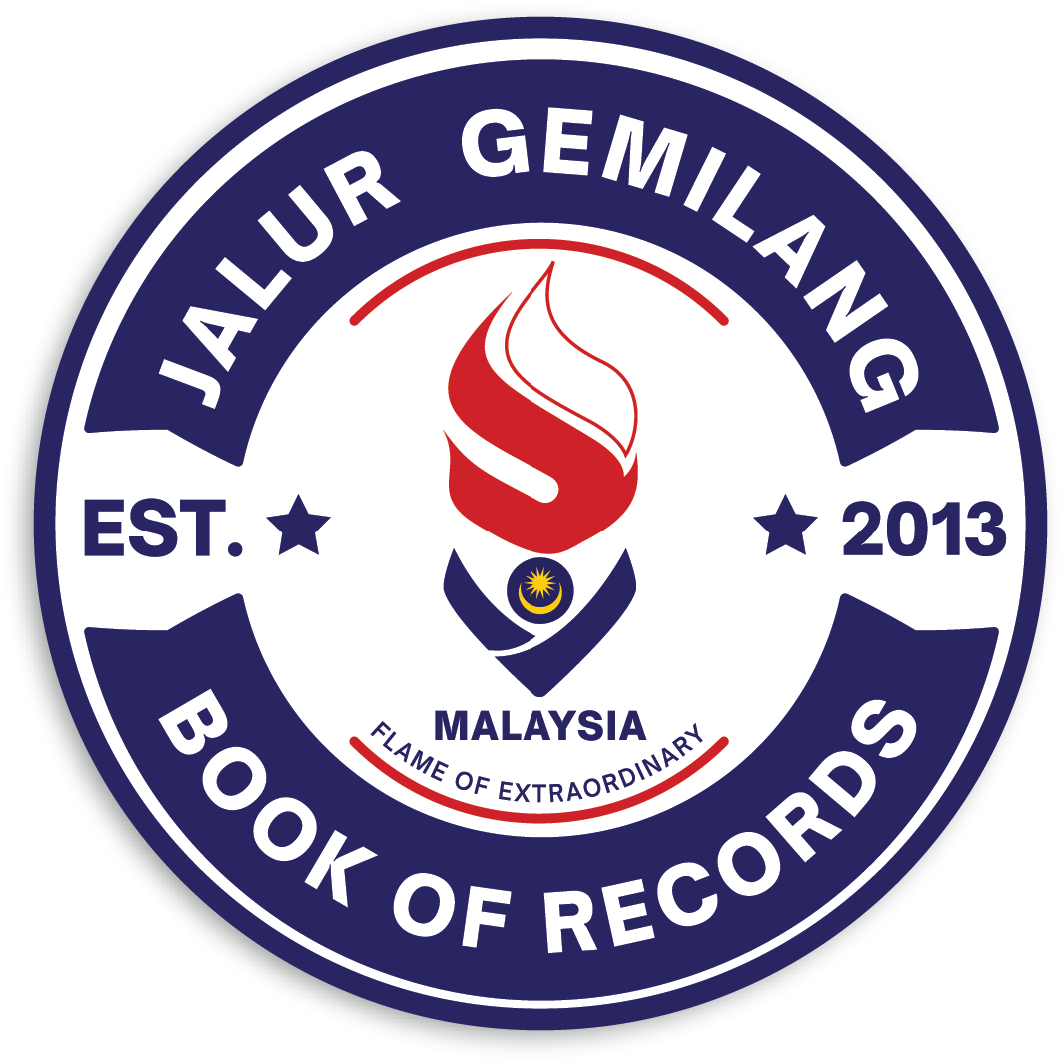Melaka and George Town, Historic Cities of the Straits of Malacca, earned recognition as UNESCO World Heritage Sites due to their rich historical and cultural influences shaped by their former roles as important trading ports connecting the East and West.
These cities stand as the most comprehensive surviving historic centers along the Straits of Malacca, reflecting a multicultural living heritage rooted in trade routes from Great Britain and Europe through the Middle East, the Indian subcontinent, and the Malay Archipelago to China.
Both Melaka and George Town serve as living testaments to the multicultural heritage and traditions of Asia, where various religions and cultures intersected and coexisted.
Both of the cities exemplify multicultural trading towns in East and Southeast Asia, shaped by the interaction of Malay, Chinese, and Indian cultures and three successive European colonial powers over nearly 500 years.
Each era has left imprints on the architecture, urban layout, technology, and monumental art of these towns. Showcasing different stages of development and successive changes over an extended period, both towns complement each other in their historical narrative.
Melaka and George Town are also living witnesses to the multicultural heritage of Asia and the influence of European colonialism. The evidence of multiculturalism can be seen in the diverse array of religious buildings, ethnic quarters, languages, worship practices, festivals, dance, costumes, art, music, and daily life.
The cities also reflect a fusion of influences, creating unique architecture, culture, and townscapes in East and South Asia.
